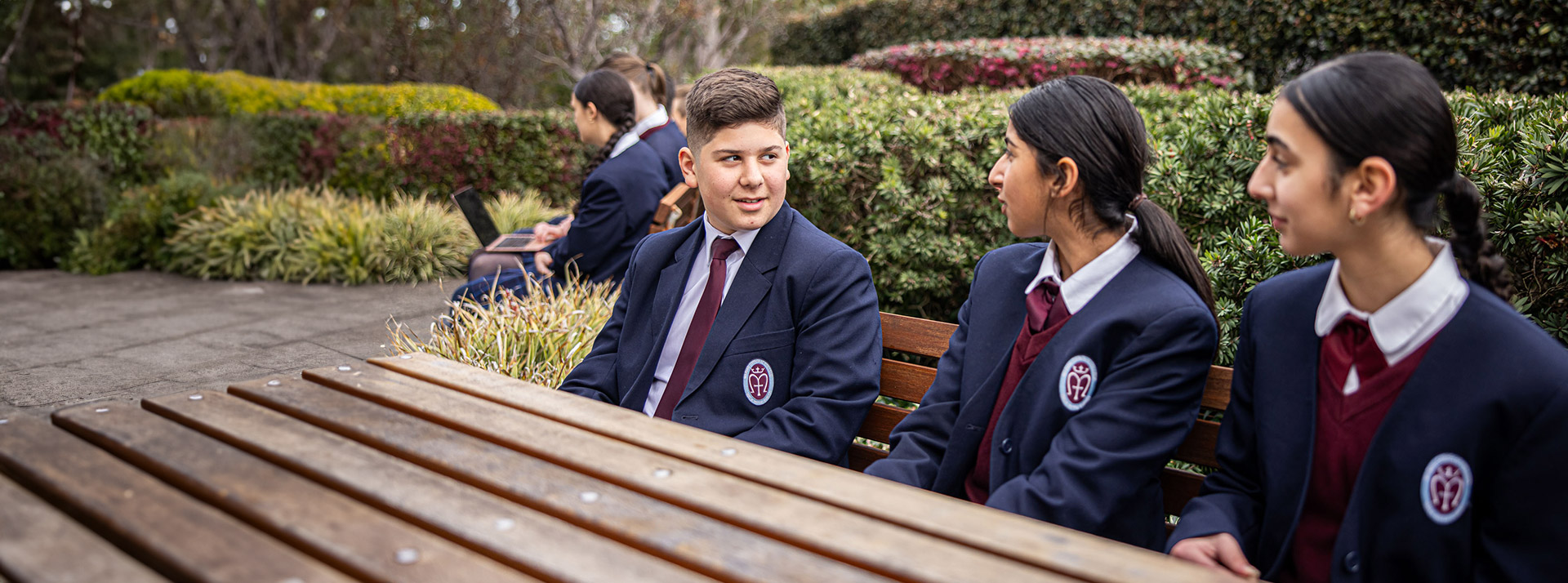A PLACE TO BELONG
As part of a system of Catholic schools in the Diocese of Parramatta, our students are treated with dignity and respect. Their safety and wellbeing are our top priorities. The wellbeing and safety of all students is central to the purpose of Catholic education and we acknowledge that healthy relationships and exceptional pastoral care are core to each child’s positive experience at school.
Schools in the Diocese of Parramatta have a strong focus on pastoral care, and in addition the support of our school counsellor, additional resourcing is provided for wellbeing initiatives overseen by the Wellbeing Coordinator. The Wellbeing Coordinator is supported by staff on the Wellbeing and Behaviour Team, Leading Counsellors as well as K-12 System Counsellors in the implementation of these wellbeing initiatives.
Marian is committed to providing a learning environment where students can thrive, feel safe and supported, and are nurtured to grow, belong and be confident.
Marian equips students with the knowledge and skills to cultivate their wellbeing through Religious Education, health, and wellbeing classes. We believe this sense of wellbeing and connectedness promotes healthy personal development in students and contributes to their academic success.
We support the social and emotional welfare of students and their families through effective strategies, recommendations, policies and procedures, guidelines and tools. Our strong focus on pastoral care includes school counsellors and wellbeing initiatives to support students.
Our school celebrates the inclusion of all students, supporting the learning needs of every individual and providing learning opportunities to build their social skills.
OUR WELLBEING FRAMEWORK
Our framework for building positive relationships has been designed in accordance with a positive approach to education, focusing on acknowledging and rewarding positive behaviour. The framework is centred on the values of respect, responsibility and integrity.

RESPECT
- Building respectful and caring relationships
- Respecting each other
- Respecting ourselves
- Respecting the environment
- Respecting our College community
- Respecting the learning of others

INTEGRITY
- Showing honesty
- Showing decency and fairness
- Showing pride in our College, in yourself and in your learning
- Showing Catholic values
- Striving to achieve your personal best
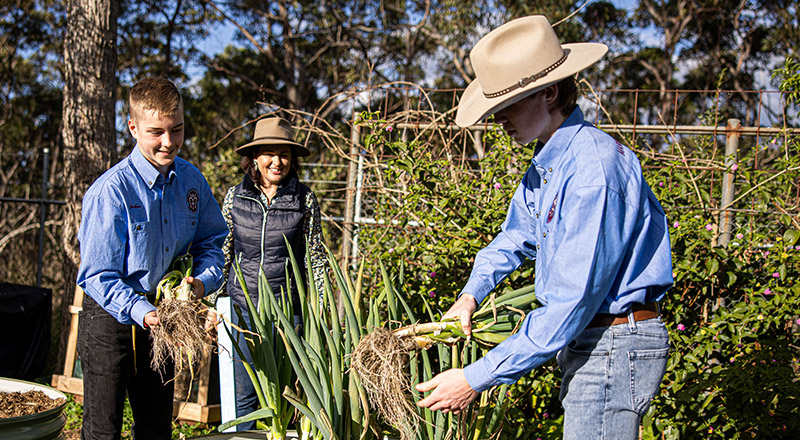
RESPONSIBILITY
- Responsible for building positive relationships
- Responsible for our learning
- Responsible for own behaviour
- Responsible for demonstrating Catholic values
- Responsible for the environment
ENHANCING WELLBEING
Our Intentional Wellbeing Framework and Positive Behaviour Matrix represent the many ways we look to empower our young people and support them to develop the necessary skills to enhance their wellbeing.
Both documents are foundational to our intentional wellbeing work at Marian, as we strive to support our students to “feel good and show up as their best selves” to school.
ENHANCING WELLBEING
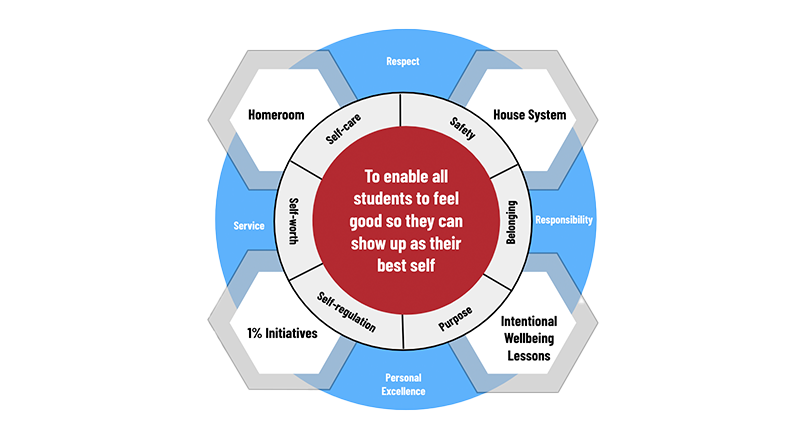
Positive Behaviour Matrix
| At all imes | In the classroom | In the playground | In the community | |
| We are respectful |
|
|
|
|
| We are responsible |
|
|
|
|
| We serve others |
|
|
|
|
| We strive for personal excellence |
|
|
|
|
At the core of our Wellbeing Framework is a team of dedicated professionals who individually monitor the wellbeing of every student. Students are guided and supported by their Homeroom teacher, Year Leader Wellbeing and Growth and House Patron, along with their subject teachers, College Leadership Team and School Counsellor.
INTRODUCING PIPPA, OUR WELLBEING DOG
Pippa is a two-year old Australian Cobberdog who has recently joined the College to support our students. She has a calm and gentle temperament and has been trained to have positive interactions and provide emotional support.
Wellbeing dogs in schools have been found to improve outcomes in learning and wellbeing. Research has shown they help improve student attendance, positive behaviour, emotional regulation and can even be used as learning stimuli.
INTRODUCING PIPPA, OUR WELLBEING DOG

The Intentional Wellbeing Program at each year level is designed to help build resilience, tolerance, good decision-making, study skills and other key areas of development and growth, relevant to adolescents and beneficial throughout adult life.
Guest speakers and special programs offered throughout the school year aim to educate our students in a supportive environment.
PROMOTING WELLBEING AT MARIAN
Wellbeing Programs
A range of wellbeing programs are provided at Marian Catholic College. These contribute to the social, personal and spiritual development of the students and include Homeroom and Pastoral Meetings within the daily timetable. Additional activities that occur outside the timetable are:
- Year 7 Camp
- Spirituality Days for Years 7-9
- Year 10 Social Justice Day
- Year 11 Retreat
- Year 12 Retreat.
Student Leadership Team
The role of the members of the Student Leadership Team is to represent the students, staff and families of the Marian Catholic learning community by their witness to the College Mission Statement, College Motto, and Gospel values that underpin education at Marian College.
The Student Leadership team headed by the College Captains and SRC Presidents lead a team of house, event and SRC year representatives and exercise a shared leadership of service to the College community. Together they work to build a strong and healthy community in which every student is accepted, valued and encouraged to be an engaged and active learner and where positive relationships are central to the shared experiences of the community.
They work closely with the College Senior Leadership, House Patrons and Year / KLA Leaders of Learning and College Staff in conjunction with the SRC, to build and strengthen all aspects of community life.
Leadership Structure
The Leadership structure outlined below represents the maximum number of student leaders in a given year. Essential criteria include the ability to lead their peers in an effective and positive manner whilst being a positive role model to students. Involvement in the school community, understanding and participation in service activities and a sense of school spirit are required qualities.
Year 12 Leadership positions:
- Executive Leaders
College Captain & College Vice Captain of House, College Vice Captain of the SRC (one boy and one girl for each position)
- House Leaders
Two leaders for each of the Four Houses
- Event Leaders
Two leaders for each of the following categories - Sport, The Arts, Mission, Learning, Wellbeing
Junior Leadership Positions:
- SRC Leaders
One boy and one girl from each grade - Years 8-11
Student Representative Council
The primary role of the Student Representative Council (SRC) is to represent the views and concerns of the students at Marian Catholic College, and to advocate for them, in raising their views and concerns. The SRC aims to build a strong, healthy student community based on co-operation, positive relationships, and the College Mission Statement, Motto, and Gospel values.
The SRC is a leadership team focused on the learning, pastoral, health and spiritual issues of relevance to the life of the students at Marian Catholic College. The SRC Representatives are responsible for communication with the students in their Year Groups and their respective Year Leaders of Learning, especially through the discussion of issues at Year Meetings. The SRC Representatives work as a team under the leadership of the SRC Presidents, and report through them to the College Senior Leadership. The SRC also works in conjunction with the College Captains, House/Year Leaders and Junior/Senior Event Leaders in promoting whole-school activities designed to build school spirit and strengthen relationships in the community.
House System
A House system was introduced into the College to facilitate sporting competitions and to foster College spirit.
The Houses are named after prominent Australians who have achieved excellence and international recognition. They were also each chosen as good role models for our students, with an equal number of males and females who represented various fields of endeavour.
Each House not only has a crest, accompanying colour and floral emblem but also aligns with a Catholic Saint and a Catholic Value. Students are allocated to House groups randomly.
Houses are as follows:
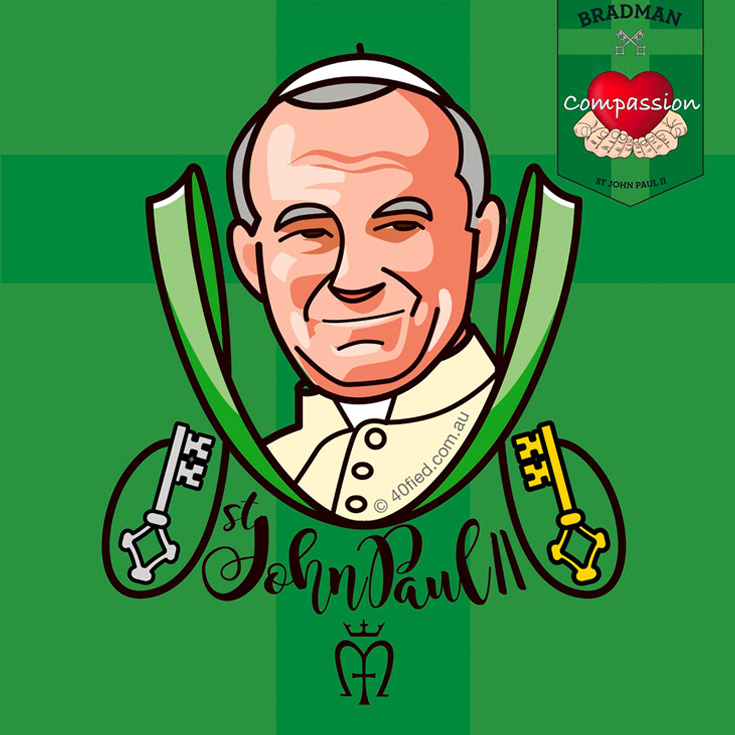
BRADMAN
St John Paul II
Colour: Green
Value: compassion
Floral emblem: gumleaf
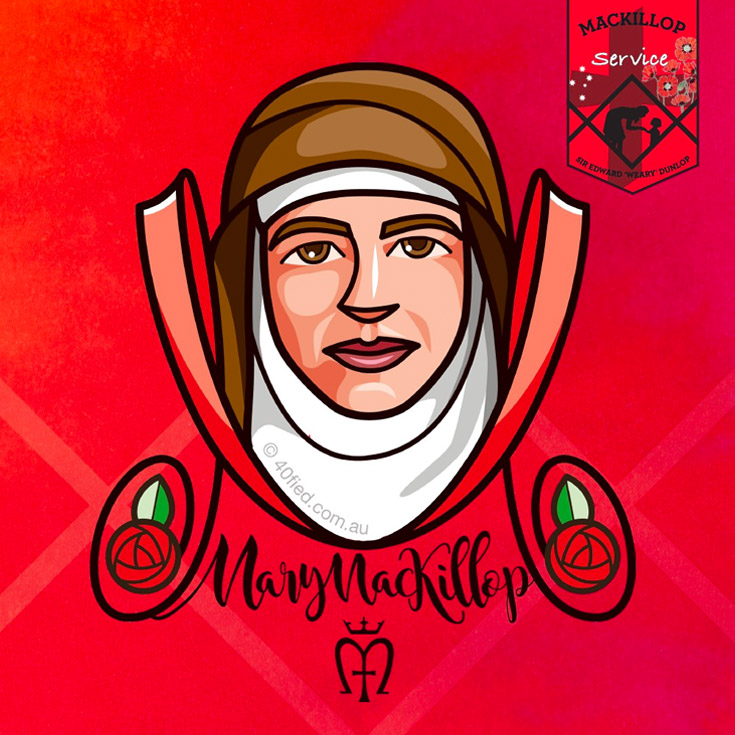
MACKILLOP
Sir Ernest 'Weary' Dunlop
Colour: red
Value: service
Floral emblem: waratah
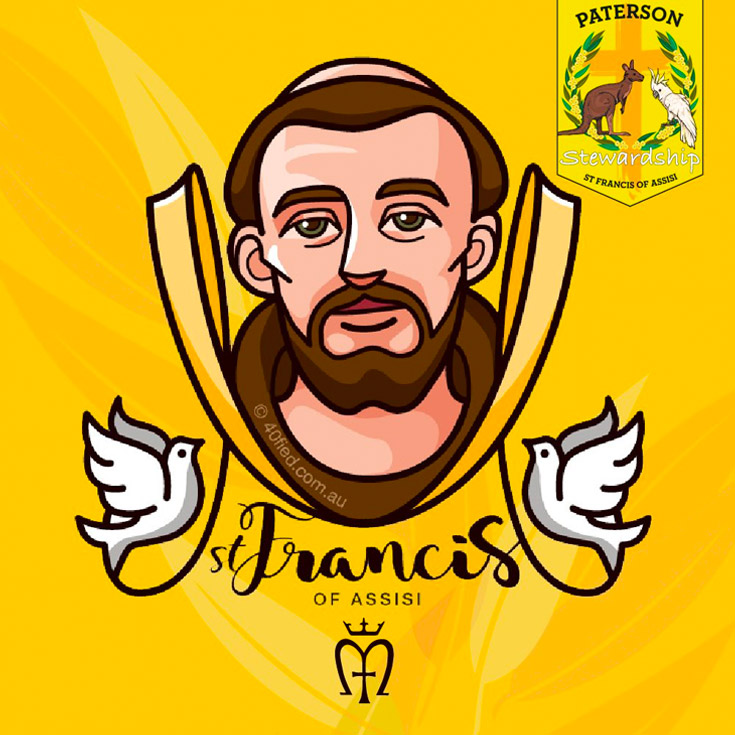
PATERSON
St Francis of Assisi
Colour: yellow
Value: stewardship
Floral emblem: wattle
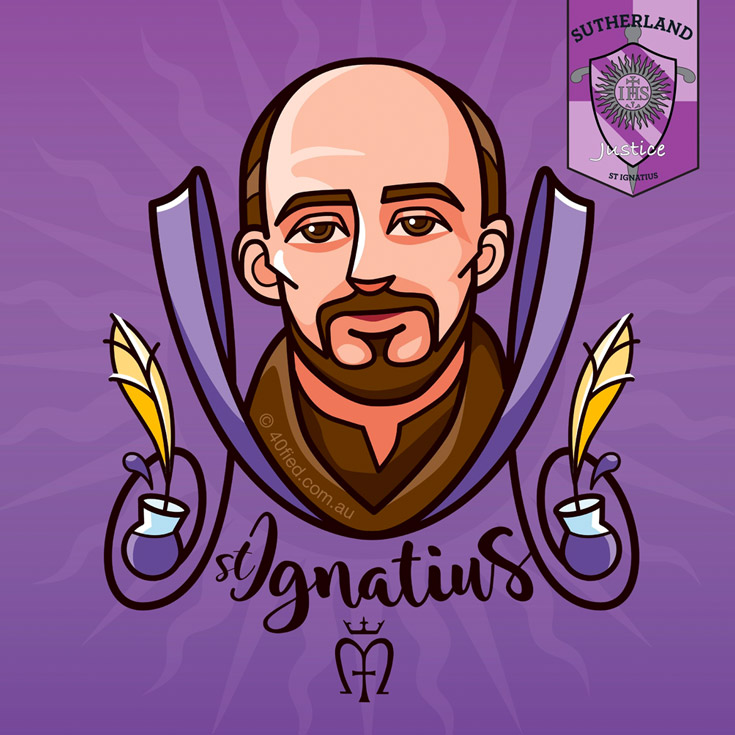
SUTHERLAND
St Ignatius
Colour: mauve
Value: justice
Floral emblem: jacaranda
College Merit System
The Merit System is designed to allow all students the opportunity to have their academic effort, positive attitude toward uniform, co-curricular commitment and good behaviour recognised as being an integral part of the Marian Catholic College community.
Students are given merit codes for their efforts, abilities and service. Merit Codes are cumulative over a student’s entire time at Marian Catholic College. An accumulation of Merit Codes leads to achieving Bronze, Silver or Gold Awards. To strengthen identity and connection to houses, merit codes contribute to House Spirit points.
Receipt of seven or more Gold Awards qualifies a student for a Marian Shield in special recognition for his/her efforts and achievements at the College. This Shield would be presented at the Year 12 Graduation Ceremony.
BUILDING CHILD SAFE COMMUNITIES
We are committed to providing children and young people with school environments where they are safe, informed and able to participate, and where the adult community works together with them towards making this happen.
WE CARE ABOUT EVERY STUDENT!
Contact Marian today to find out how we can help your child.
OUR VISION
Transforming the learning of each student every day.
OUR DIFFERENCE
Discover what sets us apart from other schools.
HOW TO ENROL
Let us help you get started on the enrolment process.
CONTACT US
Have a question? Our friendly school staff can help.

